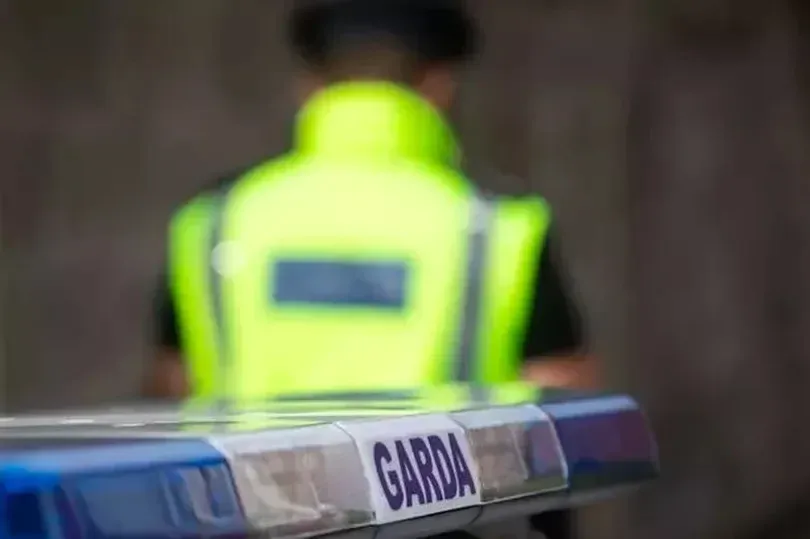Ireland has experienced a troubling start to 2025, with a road fatality occurring on average every two days. In the first 33 days of the year, 15 people have lost their lives on Irish roads. This figure, while slightly lower than the 18 deaths recorded during the same period last year, still highlights a significant concern for road safety.
The fatalities include eight drivers, four pedestrians, one passenger, and two motorcyclists. The most recent incident involved a man in his 60s who died in a single-vehicle accident in West Cork. Despite efforts by Gardaí, including a safety crackdown during the St Brigid’s Bank Holiday, speeding remains a major issue. Over 580 drivers were caught speeding in the first 48 hours of the campaign, with some driving at dangerously high speeds.
In an update on its bank holiday roads policing operation, Gardaí reported that more than 260 drivers were caught speeding in just the last 24 hours. One motorist was detected travelling at 163 km/h in a 100 km/h zone on the N11 at Newtownmountkennedy in Wicklow, while another was caught driving at 118 km/h in an 80 km/h zone on the N2 at Drumcaw in Co Monaghan. Since the operation began on Thursday morning, 100 drivers have been arrested for driving under the influence of drugs or alcohol.
The decline in Garda Road Policing Unit personnel over the past 16 years has also been highlighted as a contributing factor. The number of dedicated traffic officers has decreased by 40% since 2009, with only a slight increase in personnel last autumn. This reduction in enforcement capacity is a concern, especially in areas like Cork, which consistently has one of the highest per capita rates of road deaths in Ireland.
Efforts to increase the number of Garda traffic officers are ongoing, but the impact of these measures remains to be seen. The government and Garda hierarchy are under pressure to address the surge in road fatalities and improve road safety across the country.
Gardaí have emphasised the importance of road safety, particularly during high-risk periods such as bank holidays. They are conducting both statutory mandatory intoxicant testing and high-visibility checkpoints during the operation. Motorists are being urged to use roads with care, as the highest risk of injury is between midday and 3 pm each day during the long weekend.
In response to the rising fatalities, the government has launched the ‘Slower Speeds, Safer Roads’ campaign, which aims to reduce speed limits on rural local roads from 80 km/h to 60 km/h starting on 7 February 2025. This initiative is part of Ireland’s Government Road Safety Strategy 2021–2030, which aims to reduce the number of deaths and serious injuries on Irish roads by 50% by 2030. International research indicates that speed is a contributory factor in a third of fatal collisions, and reducing speed significantly reduces road deaths.
The campaign will run on radio, online, in print, and in ‘out of home’ locations to increase awareness of this change. Future implementation phases will focus on reducing speed limits in urban cores, including built-up areas, housing estates, and town centres, to 30 km/h. The speed limit on national secondary roads is also recommended to reduce from 100 km/h to 80 km/h.
Countries across Europe, including France and the UK, have lowered speed limits on certain road types in recent years. Subsequent research has indicated that reducing speed limits contributed to a 10% reduction in road fatalities in France and a reduction in insurance costs in the UK.






